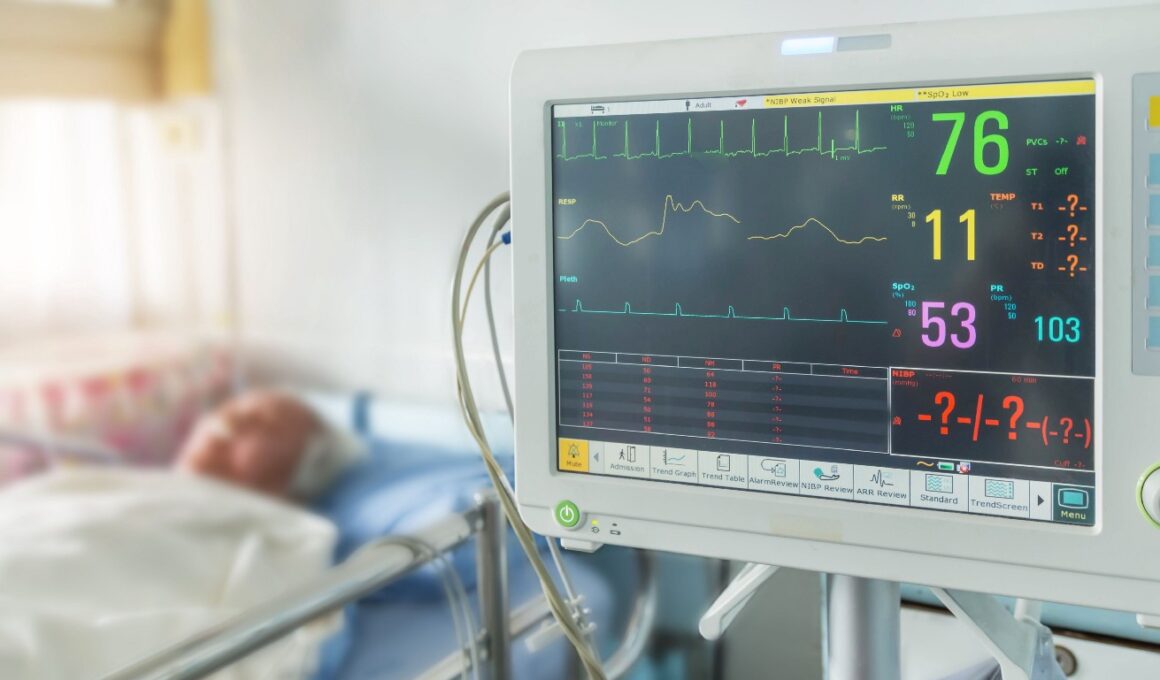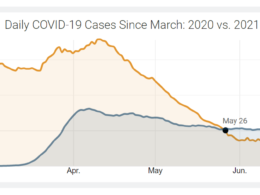Leapfrog Group CEO Leah Binder urges hospitals to focus more on patient safety
Chief Healthcare Executive
Ron Southwick
June 7, 2022
The federal study (OIG Report) follows a similar study done a decade ago, which found roughly a quarter (27%) of Medicare patients experienced some kind of harm during a hospital stay.
“I was disappointed, very disappointed because we were hopeful there would be some improvement from 10 years ago when the Office of Inspector General did the same study,” Binder said.
A quarter of Medicare patients experienced harm while being treated in hospitals during a single month in 2018, according to a new report from the Office of Inspector General (OIG) at the U.S. Department of Health and Human Services (HHS).
The Leapfrog Group is a watchdog organization that grades health systems on patient safety measures. Healthcare leaders “need to put a focus on patient safety,” Binder said.
“They need to make that the top of the board agenda,” she said. “They need to monitor their data. They have to know where they are and where they’re going.”
“They need to make that the top of the board agenda,” she said. “They need to monitor their data. They have to know where they are and where they’re going.”
As hospitals increasingly look to eliminate disparities in health outcomes among members of minority groups, patient safety should be part of that strategy, she said.
“They need to look at it through an equity lens,” Binder said.
‘They know how to do it’
Federal officials have increasingly voiced concerns that patient safety has declined significantly during the COVID-19 pandemic.
In a February analysis published in the New England Journal of Medicine, leaders with the Centers for Medicare & Medicaid Services and the Centers for Disease Control and Prevention said there are disturbing indicators of patient safety eroding, including a sharp increase in infections.
The U.S. Labor Department in March launched a three-month period of increased inspections of hospitals and nursing homes treating COVID-19 patients.
Hospitals deserve enormous credit for the way they have cared for patients in the unprecedented challenges of the COVID-19 pandemic, Binder said.
At the same time, Binder said hospital leaders can’t ignore that safety hasn’t taken the priority it should. The problem persisted long before the pandemic, and patients are paying the price, Binder said.
“We’ve lost the nuts and bolts of how you build a safe healthcare system,” Binder said. “I don’t know if we ever had it to be honest with you, but we certainly don’t have it now. And it’s gotten worse with the pandemic.”
Hospitals deserve enormous credit for the way they have cared for patients in the unprecedented challenges of the COVID-19 pandemic, Binder said. …
At the same time,…hospital leaders can’t ignore that safety hasn’t taken the priority it should … The problem persisted long before the pandemic, and patients are paying the price, Binder said.
Binder said it’s frustrating because patient safety can be vastly improved by focusing on simple steps, such as improving handwashing, double-checking medications to avoid allergic reactions, and monitoring patients more carefully to avoid falls, which can lead to serious (and preventable) injuries.
“It’s small, mundane things,” Binder said. “It’s not often a big breakthrough in genomics. Those things are interesting to a lot of folks. Washing your hands every time you touch a patient is not quite as interesting. It may not be interesting to them.
Binder said it’s frustrating because patient safety can be vastly improved by focusing on simple steps, such as improving handwashing, double-checking medications to avoid allergic reactions, and monitoring patients more carefully to avoid falls, which can lead to serious (and preventable) injuries.
“But it is catastrophic to the patient if it’s not done right, each and every time, every minute of the day,” she said.
When it comes to patient safety, Binder said it’s not an elusive mystery for healthcare systems.
“They know how to do it,” Binder said.
“Addressing patient safety is not rocket science,” she said. “It’s not brain surgery actually.
Hospitals do know how to do brain surgery. This isn’t brain surgery.
This is about just really putting this priority where it belongs and setting your goals and good leadership. Make it happen.”

‘Employers are fed up’
Binder said part of the problem is “we have not conveyed to the healthcare system who the customer is and what the priorities should be.”
“The person whose priorities are completely overlooked in general are patients,” she said. “They usually come last in the list of those who are paying for healthcare.”
“When patients come last, we just don’t put the priority on every single detail on what is needed to keep them safe.”
Employers are looking for improvements in hospital safety, Binder said.
Binder said part of the problem is “we have not conveyed to the healthcare system who the customer is and what the priorities should be.”
“The person whose priorities are completely overlooked in general are patients,” …
“The purchasers have got to exert their influence on the market and say, no, we want the focus on the patient,” she said. “We want the focus on our people and their lives.”
“That’s the only way you can get the attention of every single person working in the hospital,” Binder said.
Employers, who are investing in health plans to keep their workers on the job, are growing increasingly frustrated, Binder said.
“I’ll tell you right now, employers are fed up,” Binder said. “They are so upset by the data they are seeing in quality and safety right now.
They are going to be doing everything they can to monitor this and try and address it through whatever means they have.
“I think that hospital leaders should get in front of it,” she said.
“I think that hospital leaders should get in front of it,” she said.
Employers are facing fierce competition to recruit and retain talent. They view health plans as a key element in maintaining a strong workforce.
“When they see these problems with quality and safety persist and even get worse, it undermines their own workforce, which is an increasingly precious resource to them,” Binder said. “Employers are very focused on improving healthcare delivery.”
Purchasers will look at their own programs to spur changes, Binder said.
“They will look to define networks based on quality, or to structure their benefit plans based on quality, for instance, to reward use of higher quality facilities through co-pays or changes in deductibles around these higher quality facilities,” Binder said.
She also said employers could “look for other vendors that can offer services that are alternatives to what’s available in the current market.”
“For instance, they are looking at direct contracts with primary care that can be offered to their employees or they are looking at onsite clinics,” Binder said.
“For instance, they are looking at direct contracts with primary care that can be offered to their employees or they are looking at onsite clinics,” Binder said.
“There are a number of options that employers are just getting very innovative about.
“They want options that they feel comfortable with,” Binder said.
“Unfortunately, sometimes they don’t feel all that comfortable with the kinds of healthcare that’s being delivered in their own community.”
“We’ve lost the nuts and bolts of how you build a safe healthcare system,”
“I don’t know if we ever had it to be honest with you, but we certainly don’t have it now. And it’s gotten worse with the pandemic.”
Originally published at https://www.chiefhealthcareexecutive.com on June 7, 2022.
RELATED ARTICLES












